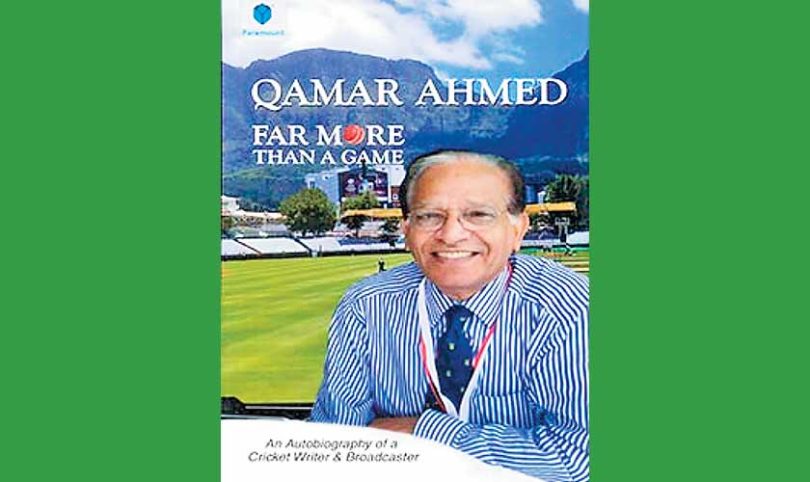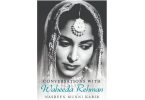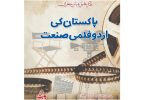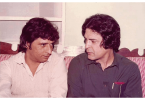| Every Test-playing nation has a Cricket journalist who keeps mentoring and inspiring youngsters with his work and Pakistan is proud to have the veteran journalist Qamar Ahmed in that capacity. Not only has he been covering international cricket since the early ‘70s, and mentoring upcoming journalists as a father-figure, he has been part of Pakistan’s rich history as a spectator. |
His autobiography “Far More Than A Game” is his recollection of those incidents and is not just restricted to cricket. From the creation of Pakistan and India in 1947 to developing a taste for cricket, from meeting and befriending legendary cricketers to covering different events, including the Olympic Games twice, Qamar Ahmed has been there, done that. In this book, he tells the story of his journey in a chronological manner and doesn’t beat about the bush at all. It wouldn’t be incorrect to say that his story is the history of cricket in Pakistan, for he was there at the historic match after which the country was granted Test status, and in events that followed in the coming decades.
He explains the difficulties his family faced before and after Partition, how they were shielded by their Hindu landlords and what were his emotions when he finally met them during Pakistan’s tour to India in the late 1970s. He also writes about his initial love for football and how cricket took priority after he moved to Hyderabad, Sindh, in the 1950s. He not just represented local clubs but made a name for himself at first-class level, ‘nearly’ got selected for the national team and compensated for that ‘miss’ by bowling to the national players whenever they were in need of a left-arm spinner in the nets.
The author discusses many issues of his life in the book such as moving to England at a young age, advising his friends at key moments in their lives, including Indian legend Sunil Gavaskar, and dismissing Sadiq Mohammad on his first-class debut against his skipper Hanif Mohammad’s instructions. His meetings with the legendary Sir Don Bradman, media tycoon Kerry Packer, and South African President Nelson Mandela get a special mention in these pages, and the readers will have a great time going through these chapters.
The language is simple and heart-touching, and you could relate to it for most of the things that happened to the author could have happened to you. Yes, he flunked in his intermediate examination because he didn’t want to pursue science, his father was angry at his decision to switch to arts, and he continued with journalism despite his family members being in the field of medicine. However, we have a Qamar Ahmed book with us, where he is talking about them, and not the other way around and that’s because he did what his heart desired.
Add to that the author’s picture collection from his early years to his journalistic ones and you find out that he has met everyone who mattered. Be it spending his childhood with renowned film actor Mohammad Ali, driving from London to Pakistan with the late Ejaz Durrani, and featuring in Dr Ali Bacher’s statement in front of the King’s commission, Qamar Ahmed’s checklist seems to have been multiple pages long, with all boxes ticked. He also discussed the many stories he broke, and the ones he chose to stay away from, making this book important to both cricket enthusiasts and those who want to pursue cricket writing. Going through it will prove to be worth your while!







